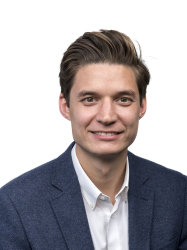BibTex format
@article{Schumann:2021:10.5194/acp-21-7429-2021,
author = {Schumann, U and Poll, I and Teoh, R and Koelle, R and Spinielli, E and Molloy, J and Koudis, GS and Baumann, R and Bugliaro, L and Stettler, M and Voigt, C},
doi = {10.5194/acp-21-7429-2021},
journal = {Atmospheric Chemistry and Physics},
pages = {7429--7450},
title = {Air traffic and contrail changes over Europe during COVID-19: a model study},
url = {http://dx.doi.org/10.5194/acp-21-7429-2021},
volume = {21},
year = {2021}
}

